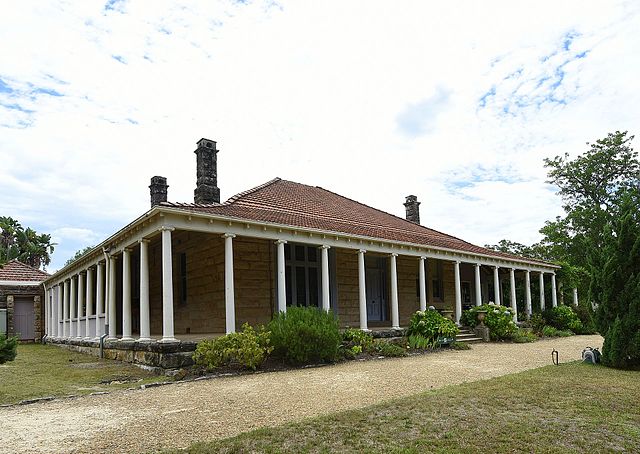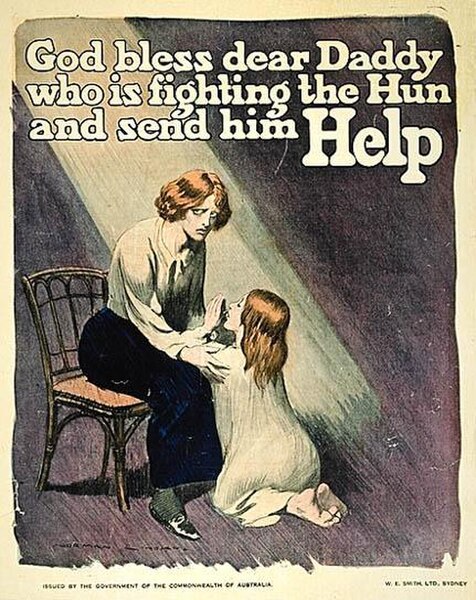Norman Lindsay Gallery and Museum
The Norman Lindsay Gallery and Museum is the former residence and farmlet of Australian artist Norman Lindsay. Now an art gallery, tourist attraction and museum located at 14–20 Norman Lindsay Crescent in the Blue Mountains town of Faulconbridge in the City of Blue Mountains local government area of New South Wales, Australia, it was built from 1898 to 1913 by Francis Foy, Patrick Ryan, Lindsay, and the artist's wife, Rose Soady. The property, owned by the National Trust of Australia (NSW), is also known as Maryville and Springwood.
The home of artist and author Norman Lindsay
Norman Alfred William Lindsay was an Australian artist, etcher, sculptor, writer, art critic, novelist, cartoonist and amateur boxer. One of the most prolific and popular Australian artists of his generation, Lindsay attracted both acclaim and controversy for his works, many of which infused the Australian landscape with erotic pagan elements and were deemed by his critics to be "anti-Christian, anti-social and degenerate". A vocal nationalist, he became a regular artist for The Bulletin at the height of its cultural influence, and advanced staunchly anti-modernist views as a leading writer on Australian art. When friend and literary critic Bertram Stevens argued that children like to read about fairies rather than food, Lindsay wrote and illustrated The Magic Pudding (1918), now considered a classic work of Australian children's literature.
Lindsay in 1921, photographed by Harold Cazneaux
Norman and Rose Lindsay c. 1920, photographed by Harold Cazneaux
Norman Lindsay, The trumpet calls (Sydney: W. A. Gullick Govt. Printer, c.1918); col. lithograph; 91 x 67.2 cm. National Library of Australia.
Cartoons such as this one, by Lindsay, were used both for recruitment and to promote conscription during World War I.





